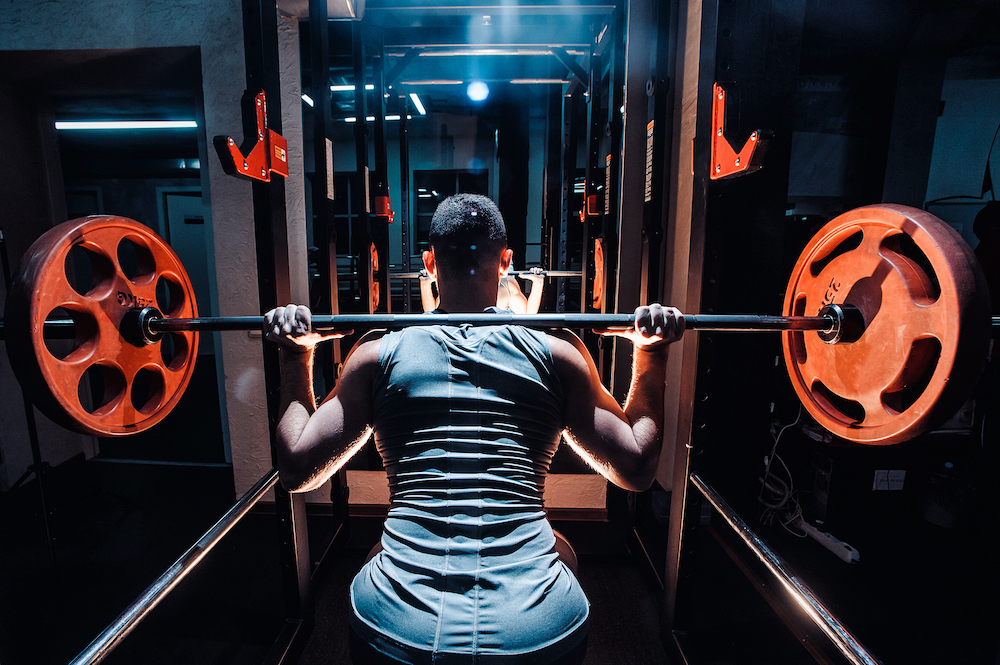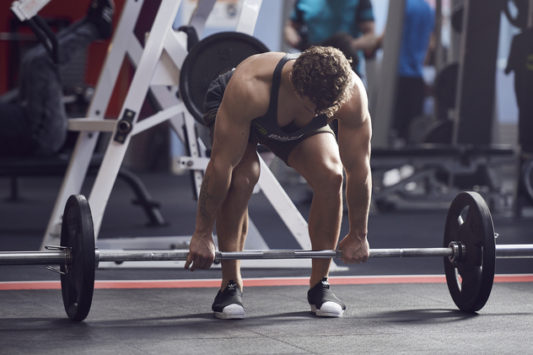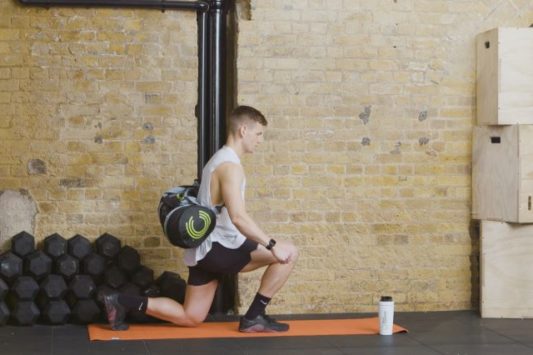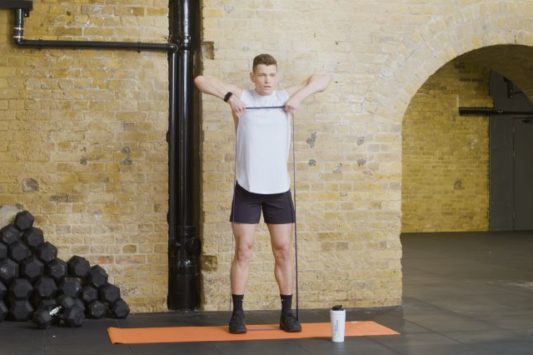3 Exercises to Stop Your Hip Pinching Whilst Squatting
“I can’t squat because I get a pinch in the front of my hip” is a common complaint I hear from people frustrated that they are no longer able to squat as deep or as comfortably as they once did.
There is a common belief that hip pinching is caused by tight hip flexors. In a large amount of cases this is only part of the picture. Another common belief is that this hip pinching is caused by physical damage to the labrum or cartilage, or physical changes to the bony structures causing impingement. These changes are known as Cam and Pincer deformities.
An interesting research area that has emerged over recent years, is the link between pain and physical damage. It may surprise you to hear that the link between pain and physical damage is not that strong. A recent study [2] involving 70 young asymptomatic adult volunteers, with an average age of 26 and absolutely no history of pain underwent MRI scans to determine the condition of their hip joints. Labral tears were found in 38.6% of people whilst 15.7% of people had two or more incidences of damage within the same hip joint. An earlier study [3] including 45 asymptomatic adult volunteers with an average age of 37.8 revealed abnormalities in 73% of hips, with labral tears being identified in 69% of the joints.
So the moral of the story is… Damage does not always equal pain!
SO WHY DO YOU EXPERIENCE PAIN?
The answer is multifactorial but comes down to your hip no longer being able to tolerate the demands placed upon it. In many cases, it’s an issue with your pelvic position, a lack of hip stability or range of motion. Pelvic position refers your pelvis being rotated forwards into what is known as an anterior pelvic tilt. An anterior pelvic tilt is primarily caused by dominance of your hip flexors and lower back muscles. As well asa lack of stability from your abs/obliques, glutes and hamstrings. This impacts your hip joint by closing down the front of the joint, which places the hip joint into a position of relative flexion. The same joint kinematics (movement) occur as during a squat.
HOW DOES THIS CAUSE A PINCH DURING SQUATTING?
Imagine you are aiming to squat to a depth of 105 degrees of hip flexion but your hip is already tilted to 5 degrees hip flexion. When you attempt to squat to 105 degrees but you only have 100 available, your hip won’t tolerate going to the depth you are aiming for. The result is compression of the structures around the front of the joint potentially causing irritation and a ‘pinching’ sensation.
So the key to improving the pinch in your hip is addressing your pelvic position alongside improving your hip mobility as well as your glute, hamstring and abs/oblique stability.
HERE ARE MY TOP 3 EXERCISES TO ADDRESS THESE FACTORS:
- Crab Set 3 x 30s
- Cook Hip Bridge 3 x 8-12 each side
- Deadbug 3 x 8-12 each side
Related articles
Eager to learn more? We believe that every person, with support, has the right to transform their lives through fitness. That’s why we’ve put together hundreds of articles with expert advice, all to help you on your fitness journey. From building muscle mass to the best vitamins for tiredness, check out our relevant articles below:
Alcohol and muscle growth Deadlifts hurting lower back
Exercises for elbow pain Supplements that help with sleep
Benefits of Cod Liver Oil Vitamins for energy and tiredness
Best Vitamins for tiredness Guide to building muscle mass
Scientifically proven supplements Best supplements for muscle growth













